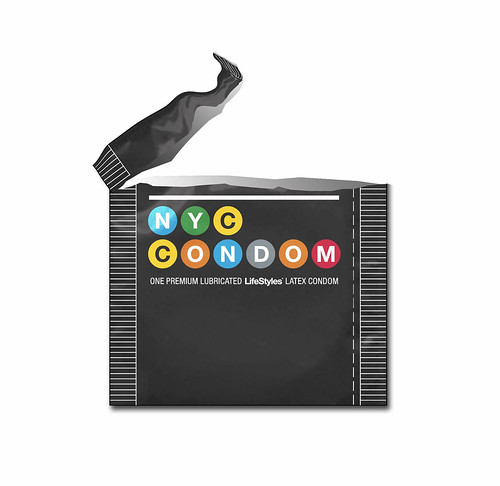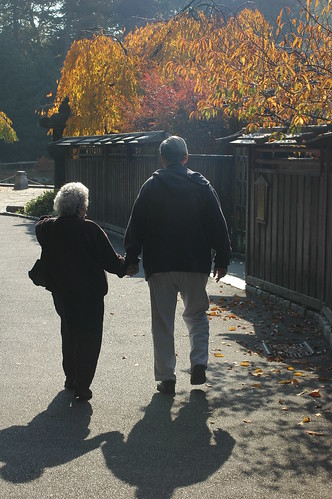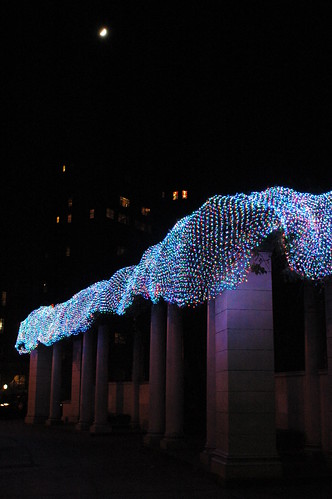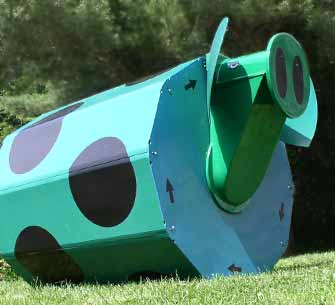NYC observed Valentine’s Day – which is also not so coincidentally National Condom (Awareness) Day – earlier this week by releasing its own brand of condoms:
… The [NYC] Department of Health and Mental Hygiene (DOHMH) also announced that it has been distributing 1 million condoms per month (more than 9 million condoms in total) to community and social service organizations through a web-based Free Condom Initiative [Requires Flash] that began in June 2005. The DOHMH is currently developing a condom with unique packaging, to be released in coming months.
– “Bring Your Own Condom“, Press Release
If only they were available in my neighborhood.
The NYC Condom Web site includes a link for “Individuals Get Some.” Yes, I are an individual, and yes, I too want to “get some,” as the kids say. The link provides a complete list of all of the locations where DOHMH is distributing these condoms, which can also be filtered by Borough and/or Zip Code. However, there are no locations for either of the Zip Codes – neither 11218 nor 11226 – which service my neighborhood.
Lest you think it’s just the luck of the draw, there are several Zip Codes in Brooklyn with multiple locations. 11211, for example, has 13 locations, every one of which is a bar or a “lounge,” including Pete’s Candy Store, where Jay Bakker‘s Revolution Church NYC meets. (On my wish list for my birthday, one of their “Religion Kills” t-shirts.) Other Brooklyn locations include parlors, hair salons, clothing stores, pizzerias, restaurants, dry cleaners, and, oh yeah, Department of Health offices.
I’m feeling dissed.
We’ve got all those and more on the commercial strip of Courtelyou Road, serving both Zip Codes 11218 and 11226. So, come on, business owners, step up and demand to “get some” from DOHMH. Your neighbors and community will thank you. And it couldn’t hurt business, neither.
Links:
- American Social Health Association (ASHA)
- NYC Condom [requires Flash]












